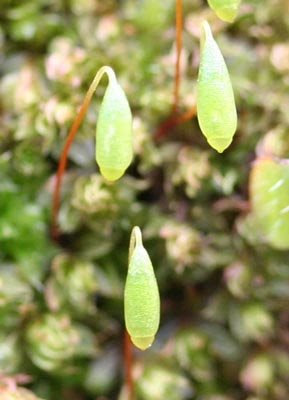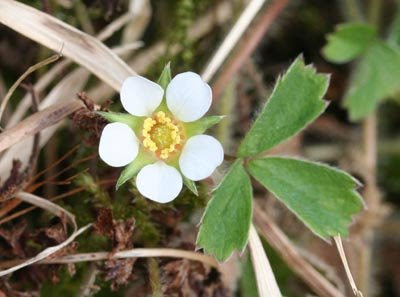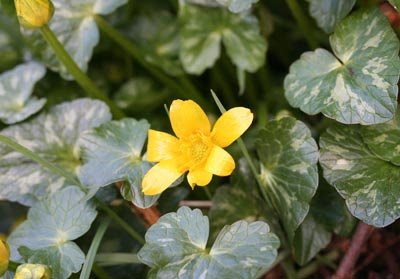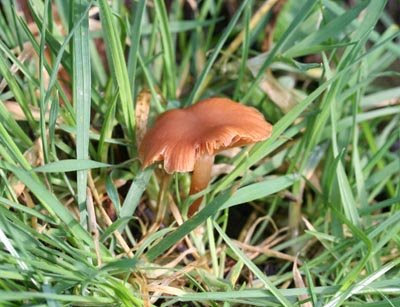 Detail of the head end shows that the front legs are all condensed into one group, and that it has five ocelli or sub-eyes.
Detail of the head end shows that the front legs are all condensed into one group, and that it has five ocelli or sub-eyes.
These are the ripening capsules of the moss Bryum capillare:

A regularly updated pictorial narrative of the wildlife around Raphoe, Co. Donegal, Ireland.
 Detail of the head end shows that the front legs are all condensed into one group, and that it has five ocelli or sub-eyes.
Detail of the head end shows that the front legs are all condensed into one group, and that it has five ocelli or sub-eyes.


 And this is Pale Pinion - Lithophane hepatica:
And this is Pale Pinion - Lithophane hepatica:

 Racomitrium lanuginosum is another rock moss. The leaf tips have an extended central vein that looks like a white hair:
Racomitrium lanuginosum is another rock moss. The leaf tips have an extended central vein that looks like a white hair:



 I have been watching the parasitic bumblebee Bombus bohemicus over the last couple of years. This is known to be a parasite of Bombus lucorum, but I wonder if it's also a parasite of Bombus cryptarum, which appears to be the dominant white-tailed species in this location.
I have been watching the parasitic bumblebee Bombus bohemicus over the last couple of years. This is known to be a parasite of Bombus lucorum, but I wonder if it's also a parasite of Bombus cryptarum, which appears to be the dominant white-tailed species in this location.

 And this is the Hebrew Character - Orthosia gothica:
And this is the Hebrew Character - Orthosia gothica:
 This is the time of year to keep an eye out for the solitary bee Andrena clarkella, since it feeds its young entirely on Willow pollen. The pollen is available for perhaps 6 weeks of the year, so the bee is rarely seen since it spends 46 weeks of the year underground. Look for bees that look like shrunken and skinny Carder Bumblebees.
This is the time of year to keep an eye out for the solitary bee Andrena clarkella, since it feeds its young entirely on Willow pollen. The pollen is available for perhaps 6 weeks of the year, so the bee is rarely seen since it spends 46 weeks of the year underground. Look for bees that look like shrunken and skinny Carder Bumblebees.
 Lesser Celandine - Ranunculus ficaria - has been budding for about 4 weeks, but this is the first open one I found:
Lesser Celandine - Ranunculus ficaria - has been budding for about 4 weeks, but this is the first open one I found: As soon as the leaves develop, the fungal rust Puccinia ranunculi appears:
As soon as the leaves develop, the fungal rust Puccinia ranunculi appears:


 Instinct tells me it's fungal. I then examined it more closely and found that the white fungus is surrounding what looks like the corpse of a spider:
Instinct tells me it's fungal. I then examined it more closely and found that the white fungus is surrounding what looks like the corpse of a spider: